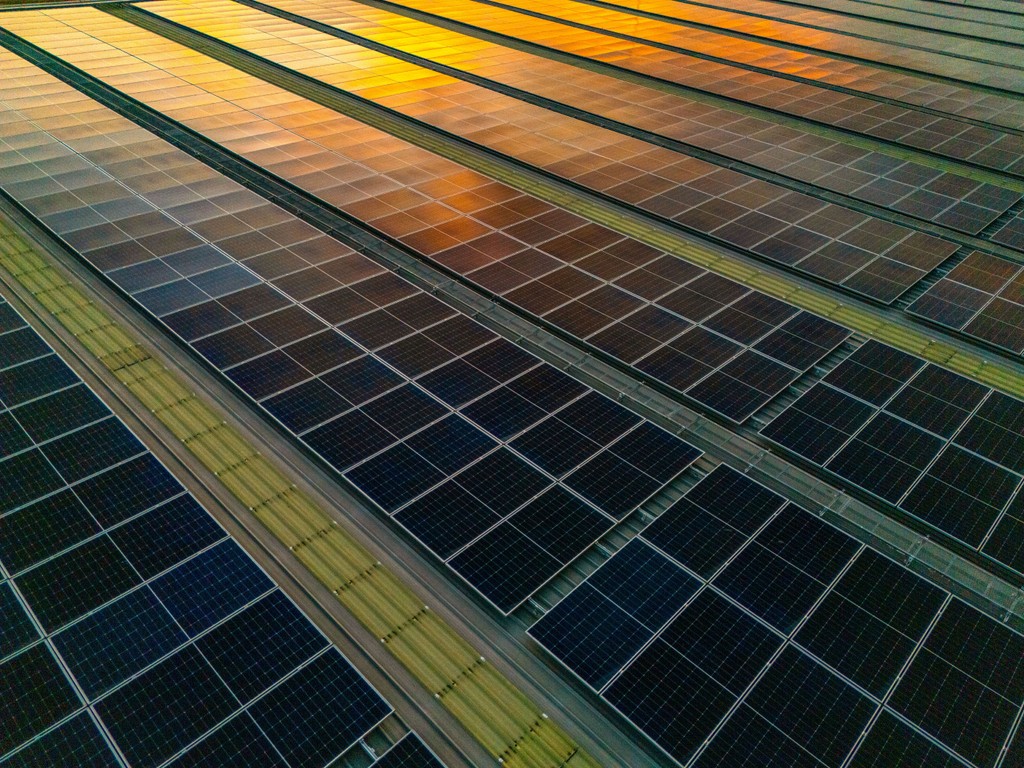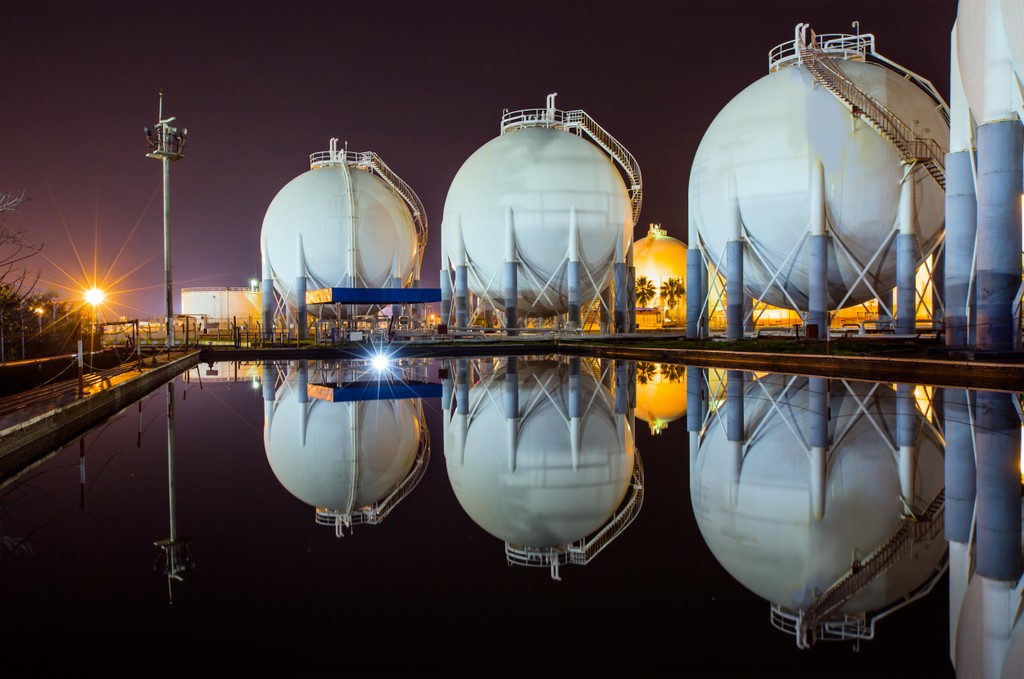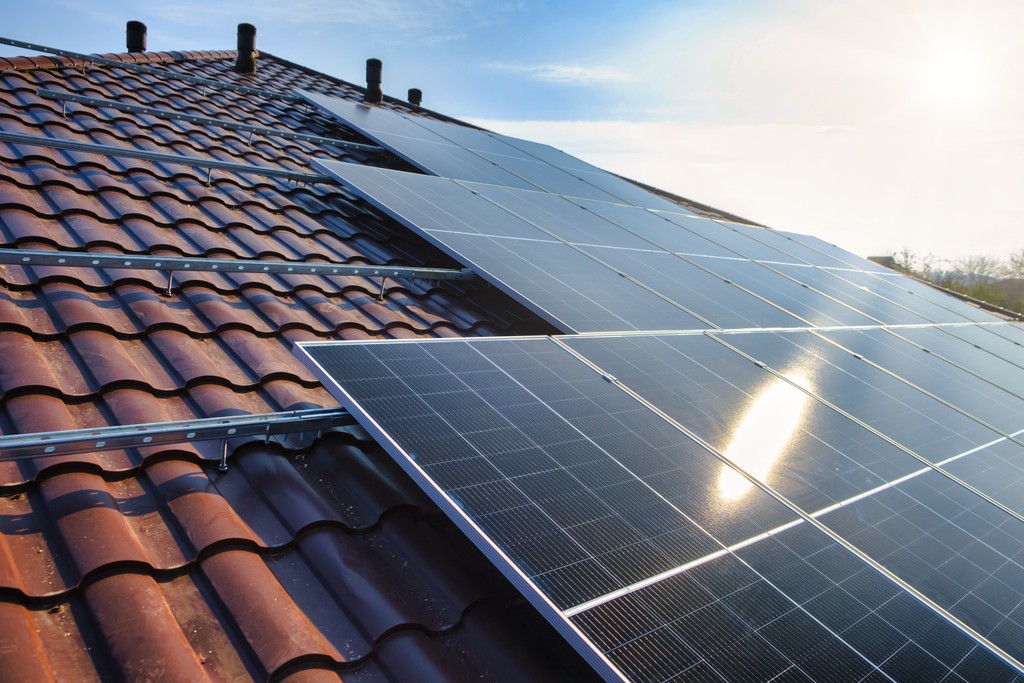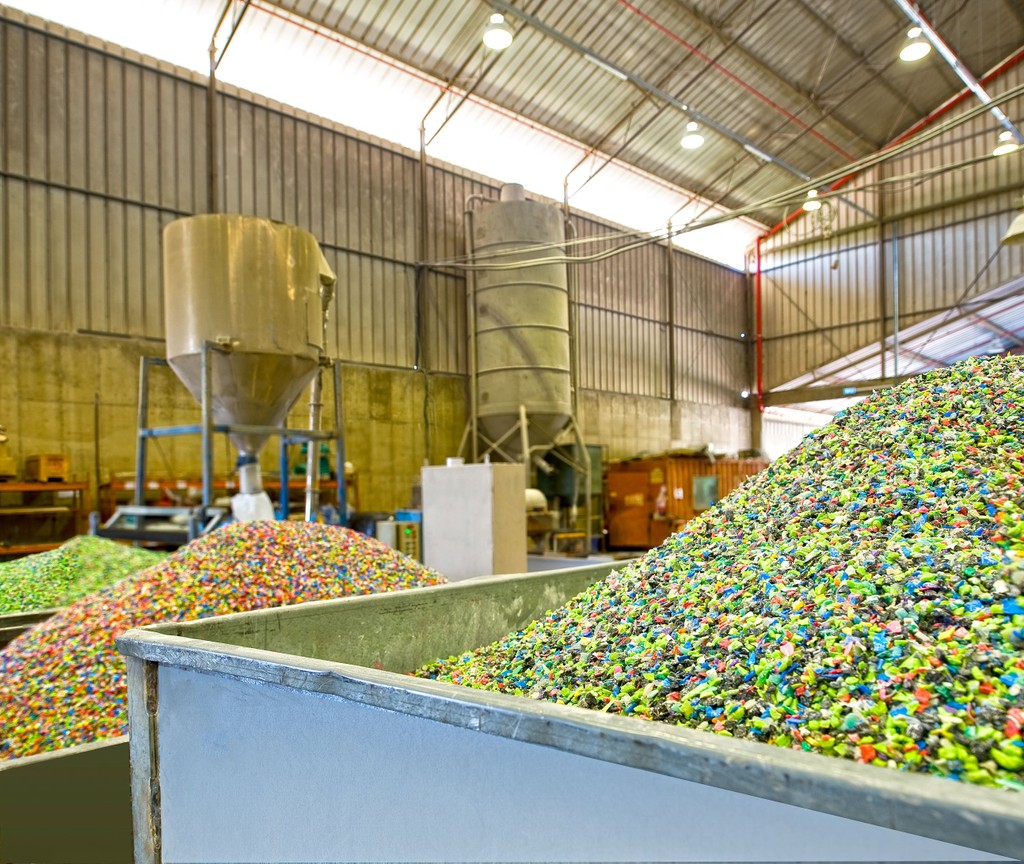By Evelina Stoikou, Energy Storage, BloombergNEF
The domination of lithium-ion batteries in energy storage may soon be challenged by a group of novel technologies aimed at storing energy for very long hours. BloombergNEF’s inaugural Long-Duration Energy Storage Cost Survey shows that while most of these technologies are still early stage and costly, some already achieve lower costs than lithium-ion for longer durations.
The need for long-duration energy storage or LDES is rising, as renewable energy generation grows. This increases the need for storing energy for longer periods of time to address intermittency. Thermal energy storage and compressed air storage are the least expensive LDES technologies, at $232 per kilowatt-hour and $293 per kWh of capex, respectively, data from the survey shows. For comparison, lithium-ion systems had an average capex of $304/kWh for four-hour duration systems in 2023.
LDES does not have a universal definition. US Department of Energy has categorized it as durations higher than 10 hours, while Chinese agencies say four hours. BNEF defines it as technologies that target durations of at least six hours.

Lithium-ion is the dominant technology for energy storage applications today, optimized to a storage duration of four hours or less, though the upper bound of this duration is being pushed given market needs and lower battery costs. LDES technologies such as compressed air, flow batteries, gravity and thermal can store up to 24-hours-worth of energy, and often have the option to further extend the storage duration.
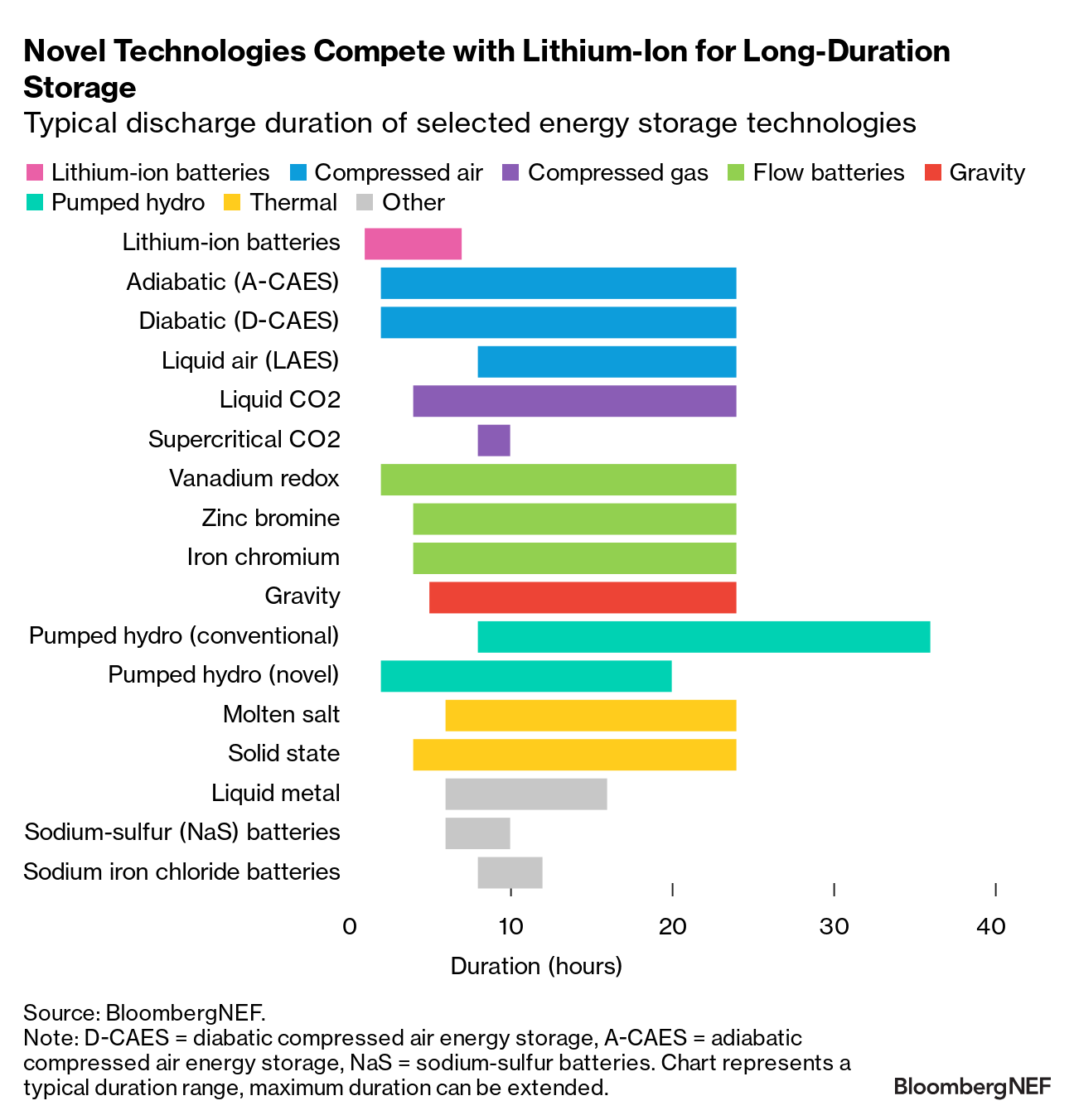
The unit costs of most long-duration energy storage solutions typically drop with each hour of storage added, so LDES technologies can scale more efficiently compared to lithium-ion batteries. Adding hours of storage to lithium-ion battery systems, in contrast, results in linear increases in costs, making them less attractive for long-duration storage.
Outside of China, where lithium-ion battery costs are higher, numerous LDES technologies deployed are already more affordable than lithium-ion batteries for providing storage durations of over eight hours. In those markets, compressed air, novel pumped hydro and thermal energy storage are faring best. In China, most LDES technologies still struggle to compete, as the country produces some of the cheapest lithium-ion batteries in the world.
Still, LDES costs are unlikely to fall as fast as those of lithium-ion batteries this decade. Lithium-ion batteries are used extensively in both the transport and power sectors, where scale is the primary factor driving down costs. That is difficult to replicate with other technologies.
Ongoing advances in technology, and deployment experience, will further improve the feasibility and performance of these long-duration storage options. Favorable policies and supportive mechanisms are essential to drive early adoption and accelerate their commercialization.
BNEF also expects the required time it takes for energy storage assets to discharge or charge to increase in the future as fossil fuel generators get displaced and more intermittent renewables are incorporated into the grid.


